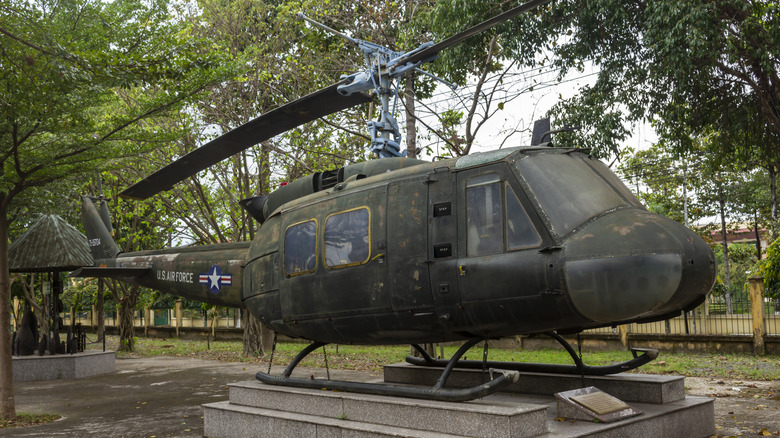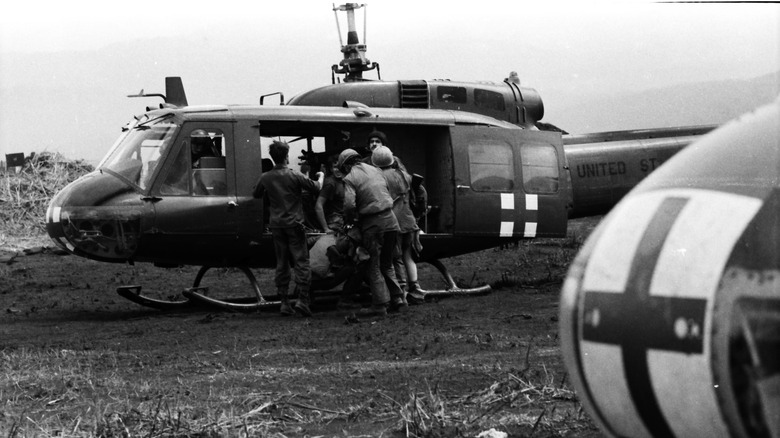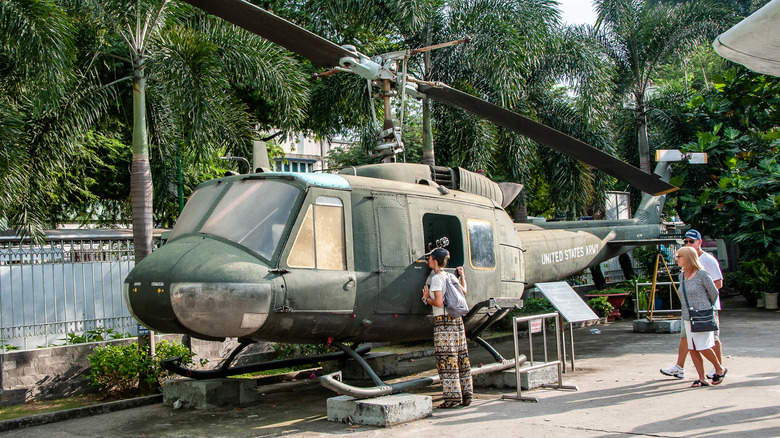Why Did The US Army Stop Flying Huey Helicopters?
The UH-1 "Huey" helicopter is one of the most recognizable military helicopters ever built. From the Vietnam War to humanitarian missions across the globe, it has become a symbol of American air power. The Huey was first introduced in the late 1950s and offered a versatile aerial platform capable of troop transport, medevac, and supply runs. Its simple and rugged design helped keep it on the frontline for decades, and the U.S. military operated thousands of Hueys in its heyday.
Even after the Vietnam War ended, the U.S. continued using the Huey throughout the Cold War and into other conflicts like those in Iraq and Afghanistan. But by the early 2000s, the helicopter's age began to show, due to advancements in aviation technology and changing combat requirements. Modern threats, electronic warfare, and heavier payloads exposed the limitations of a design rooted in 1950s engineering. These factors all inevitably set the stage for its retirement, despite the deep admiration many soldiers still had for the iconic helicopter.
Why the Huey was finally phased out
The decision had to be made to stop flying the Huey helicopter, as it wasn't worth the cost anymore. The UH-1 was originally built for lighter loads and low-threat situations, and as the modern battlefield evolved, the Huey just didn't have the armor and power to safely transport troops in areas exposed to heavy ground fire. Updating the Huey to carry newer sensors and countermeasures that had become standard on modern helicopters wasn't feasible, and maintenance in general was difficult. Parts were getting harder to find, and keeping old units flight-ready cost more each year.
By comparison, aircraft like the versatile UH-60 Black Hawk offered more lift, better protection, and advanced avionics tailored to modern joint operations, making them safer and cheaper over the long run. Ultimately, these factors forced the Pentagon's hand to phase out the Huey to protect both crews and government budgets. Beyond combat roles, newer helicopters were more efficient in logistics and medical evacuation missions, providing climate-controlled cabins and integrated medical systems that the old-school Huey couldn't support. This broader versatility cemented the case for modern replacements, ensuring that troops and wounded personnel benefited from technology the Huey's design could never accommodate.
The end of an era and what's next
The final chapter came relatively recently, with the final European-based Huey helicopters retiring from active service in 2011 and the last U.S. Army Huey retiring in 2016, marking the end of a remarkable 60-plus-year run. While the Huey will live on in civilian operations and museums, its military career is officially over. Today, the U.S. relies on helicopters like the Black Hawk and the tiltrotor V-22 Osprey to handle missions once dominated by the Huey. These modern aircraft are faster, cover greater distances, and have powerful electronic warfare suites needed for 21st-century conflicts.
New rotary-wing tactics have also evolved alongside these aircraft, focusing on integrated joint operations and networked situational awareness that didn't exist in the Huey's early days. Nevertheless, few helicopters in history have ever matched the Huey's impact on military aviation. For both veterans and historians, the Huey helicopter remains an icon. But, just like other legendary military vehicles of its era, the Huey's time came to an end as engineering breakthroughs reshaped not only battlefields, but also the very culture and legacy of military service.


